Liposuction is a procedure in which excess adipose tissue is removed using a cannula.
Human beings are born with a certain number of fat cells. The size (volume) of the cells evolves based on external factors such as diet and certain endocrine diseases.
The purpose of this procedure is to redefine and improve the shape of different parts of the body, while avoiding significant scarring. Liposuction helps decrease the total number of fat cells in the body, and so prevents further accumulations of excess fat under the skin.
The procedure can target different areas of the body, including the abdomen, thighs, pubis, back, flanks, thorax, armpits, arms, etc.
“Liposuction is not the solution to excess weight. Liposuction is a procedure which helps sculpt your figure.”
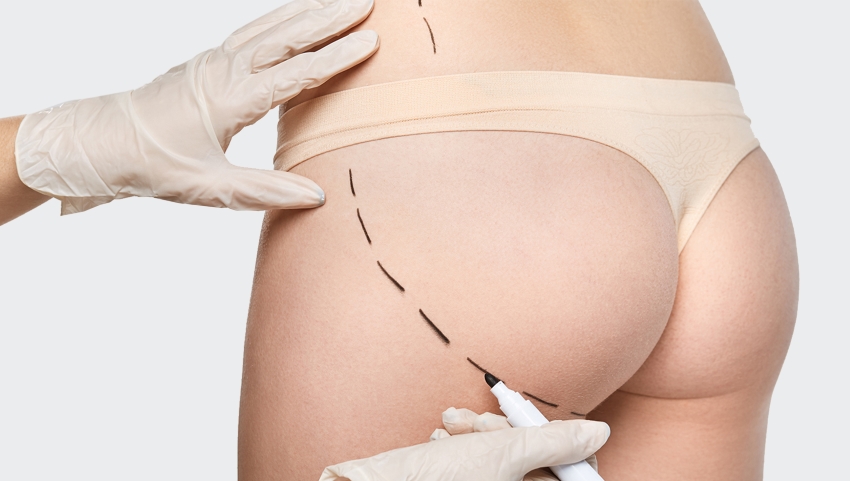
What does liposuction entail?
It is a minor surgery most often performed under local anesthesia with conscious sedation.
In other words, the skin and fat targeted by the surgery will be anesthetized and you will receive intravenous medication to keep you relaxed throughout the procedure. The areas to be treated will be marked off on your skin.
One or more incisions (4-5 mm each) will be made to insert the liposuction cannulae, which will be used to suck the fat tissue from the targeted areas.
Frequently asked questions
The ideal patient for this procedure is in good general health, physically fit and at a healthy body weight (or has reached a stable weight after significant weight loss).
The patient’s skin elasticity must also be good. In other words, your skin has a good quality, and your fat deposits are well defined and localized.
Patients presenting significant folds of skin are not likely to get the desired result by relying solely on liposuction, as the procedure does not address the excess skin. In such a case, your surgeon may suggest a lipectomy (of the abdomen, arms and/or thighs) as well as liposuction.
Liposuction is usually performed under local anesthesia with sedation. However, general anesthesia may also be an option if the surgery is targeting more than one area.
Liposuction is a safe technique which leads to few complications. It is rarely associated with infections or postoperative bleeding.
It is important to understand that liposuction changes your figure depending on the volume of subcutaneous fat removed, but does not change the quality of your skin in any way. Liposuction will not correct existing folds of skin or cellulite.
A more serious, albeit extremely rare, complication is a fat or pulmonary embolism following thrombophlebitis. In this condition, a fat lobule or blood clot detaches from the surgical site and enters the bloodstream, eventually lodging itself in the lungs. In such a case, hospitalization is necessary, as well as supportive treatments such as oxygen and even anticoagulants (i.e., blood thinners).
Liposuction eliminates a portion of your fat cells. The remaining cells continue to function normally based on hormonal changes. Therefore, liposuction does not prevent their volume from increasing in the event of overeating (or any other weight gain). If new fat deposits appear, another liposuction procedure can be considered.
Finally, your surgeon will attempt to smooth the surface of your skin with the procedure. You may note irregularities (depressions) in the skin, in which case the procedure may be repeated in a few months.
The length of the procedure varies according to the extent of the targeted areas. The surgery generally lasts approximately 90 minutes.
Patients having undergone liposuction generally return to their daily activities the day after the procedure. It is important to avoid staying in bed for extended periods of time.
You will receive a compression garment following liposuction in the abdomen or thighs. The garment is generally worn 23 hours a day, 7 days a week for approximately 4 weeks following surgery. Bruising and swelling are normal in areas treated by liposuction. The swelling will gradually decrease and you will achieve your final result after approximately 12 weeks. Certain massage techniques can help reduce swelling and irregularities in areas treated by liposuction.
The final cost of your treatments will be calculated on an individual basis in accordance with your needs.
The cost of liposuction surgery generally starts at $4,790. However, additional charges may apply if the patient has a particular condition or if different surgeries are combined.
Our specialists
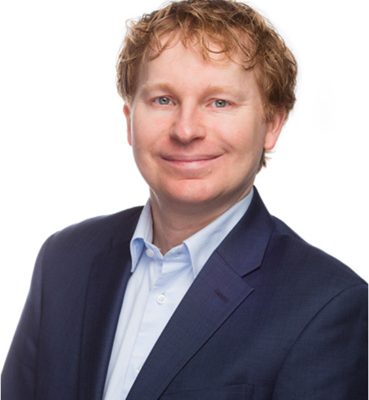
PLASTIC AND AESTHETIC SURGEON
Dr. Mario Luc
- 450-241-6045
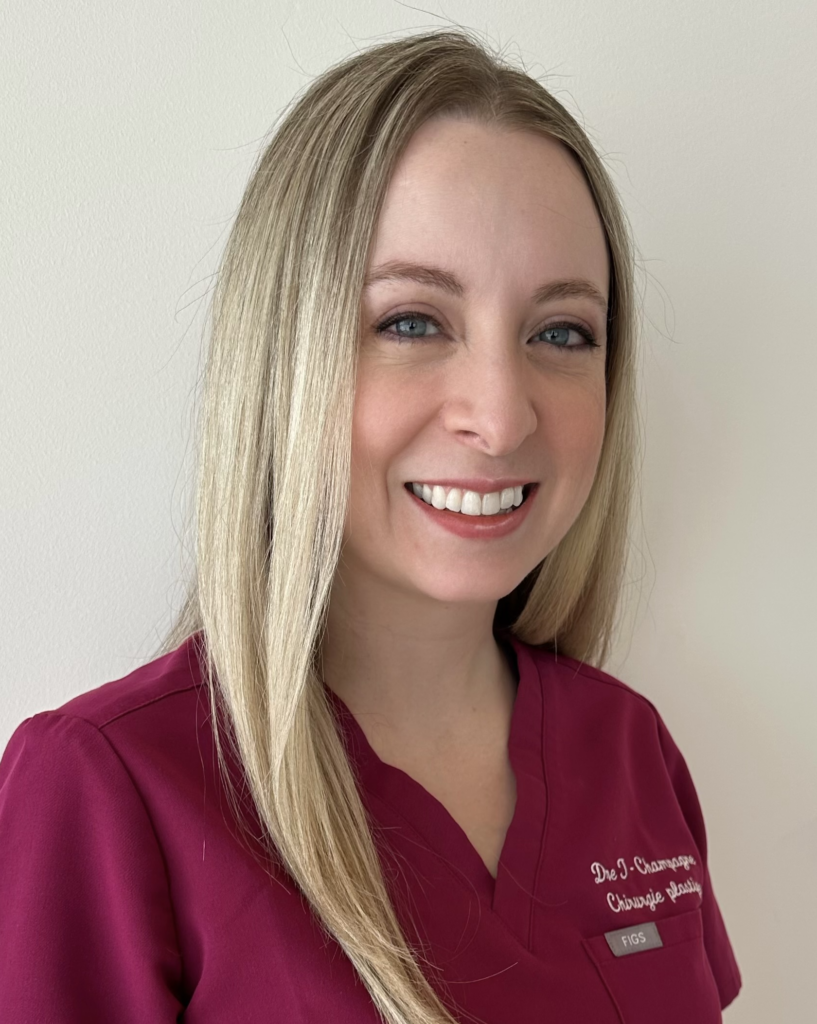
PLASTIC AND AESTHETIC SURGEON
Dr. Marie-Pascale Tremblay-Champagne
- 450-241-6045
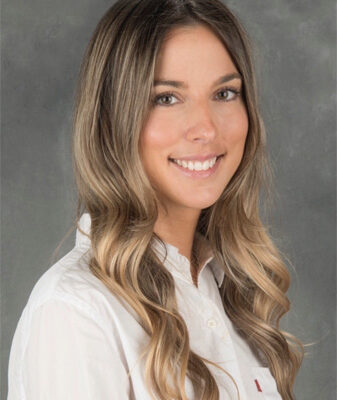
PLASTIC AND AESTHETIC SURGEON
Dr. Camille Vallée-Gravel
- 450-241-6045
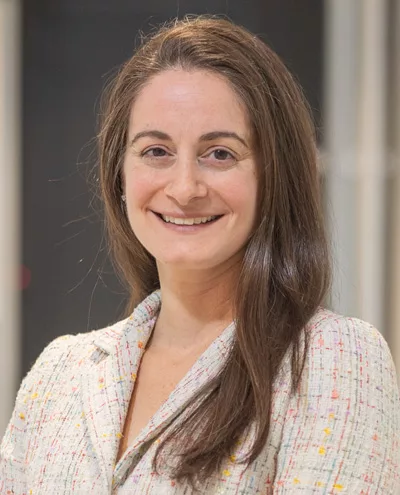
PLASTIC AND AESTHETIC SURGEON
Dr. Jennifer Dolmajian
- 450-241-6045
Cosmetic Surgeries
Make an appointment with a surgeon
Call Us
We would be glad to help you through the process by answering all your questions and allaying your concerns.